Landscape is so central to how we see and move through the world that it is often easily overlooked. When we perceive nature as wild and untouched, we seek solace in the vibrant forces at play, finding our lives dwarfed by the larger movements of the universe. When a landscape is highly manipulated, we can either pass over and dismiss the aestheticized surface of the design or settle into a deeper meaning with and through it.
In moving through this landscape, the landscape moves you.
Landscape touches us as we touch it; it has the power to grab us in one moment and swirl us into another frame of mind as we move our bodies through it. It can do this subtly, or suddenly. The National AIDS Memorial Grove in Golden Gate Park in San Francisco manages to do both. The memorial is a powerful national monument that provides a space for healing and remembering the lives impacted by AIDS. In moving through this landscape, the landscape moves you.
The memorial is set in a rhododendron dell that was revitalized in the late 1980s by a group of San Franciscans looking for a public way to express their collective grief as AIDS ripped through the community. To access the memorial, you drop down into a small valley, passing through the Circle of Friends – a stone circle made by the carved names of people whose lives were (and are) impacted by or lost to AIDS.
The political is embedded in the personal, and the Circle of Friends sets an intimate tone for the personal experience of this disease and the larger memorial. Names are still being added to the circle (carved in once a year, in observance of World AIDS Day, on December 1st), and the additions help fund the care of the grove. In this way, the circle grows and ripples out endlessly. The circle of friends makes visible the impact this disease has had on the public and — importantly — the public is named.
So we walk, continuing down the path as it meanders through large redwood trees down into the dell. Light flickers through the trees, the wind slows and stills — then moves again. A quiet moment stirred. We follow the winding path and see smaller remembrances and memorials, either formal stones carved with names or small gatherings of flowers and rocks arranged in ad hoc altars tucked into the forest floor.
You are an individual moving through space, connecting with individual lives lived and lost. You move deeper, still.
You are embraced by the valley, soothed as you move through grief, sharing the common experience of loss and the utter devastation this disease has wreaked on lives; a devastation compounded by the complex politics involved. The political is never directly addressed. Individuals are so they are never forgotten, nor is the continual fight against the pandemic.
Once at the bottom of the valley, a large meadow opens into light. Down here it is quiet. The soaring redwoods muffle the sounds of the city and the public park. The slice of the valley deadens the urban noise, and all around you is lush, thumping green life. The trees urge you to look up and see the wide expanse of sky above (which is likely foggy – this is San Francisco after all).
You settle into this embrace, into the light afforded by the meadow. You sit in and with loss, the cut of the valley echoing the void of grieving someone you love. There is space here.
When you are ready to move again, there are 10 acres to explore, numerous stories and lives and loves to be imagined. Slowly you can return to the top of the grove and exit the memorial, internally moved by the landscape.
By carving a public space for memory and visibility of the AIDS pandemic, the loss of life, the grief and the lives of those still living with AIDS are continually brought to the surface, brought to the light. The gash is slowly healed, but never forgotten.

 Seeking Solace in the Landscape
Seeking Solace in the Landscape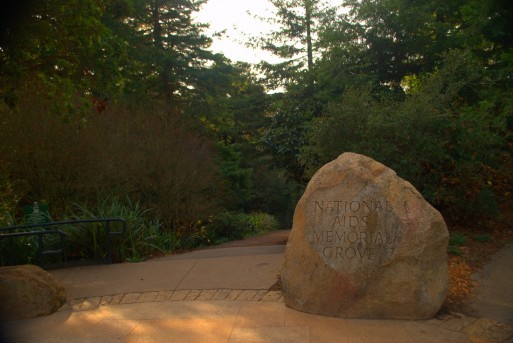
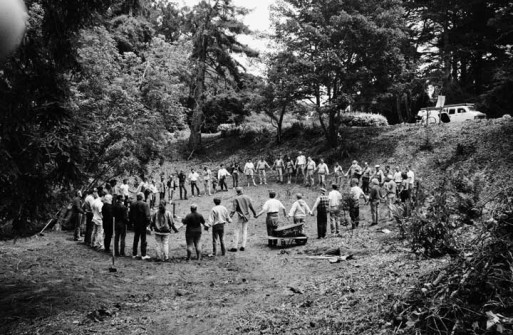
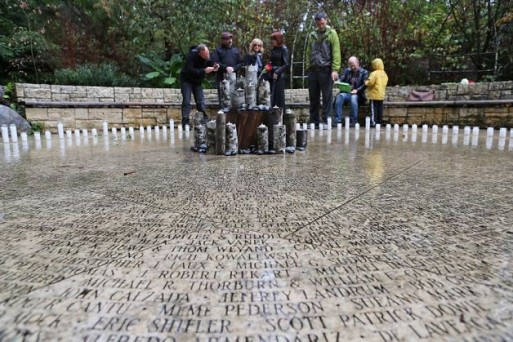
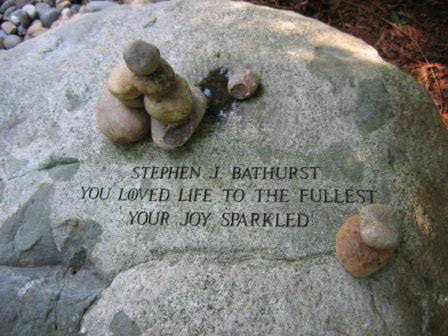
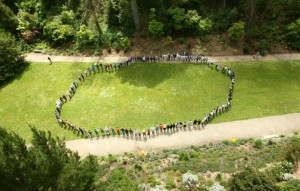



 Debating Medical Aid in Dying
Debating Medical Aid in Dying
 “Help Me, Helen”
“Help Me, Helen”















